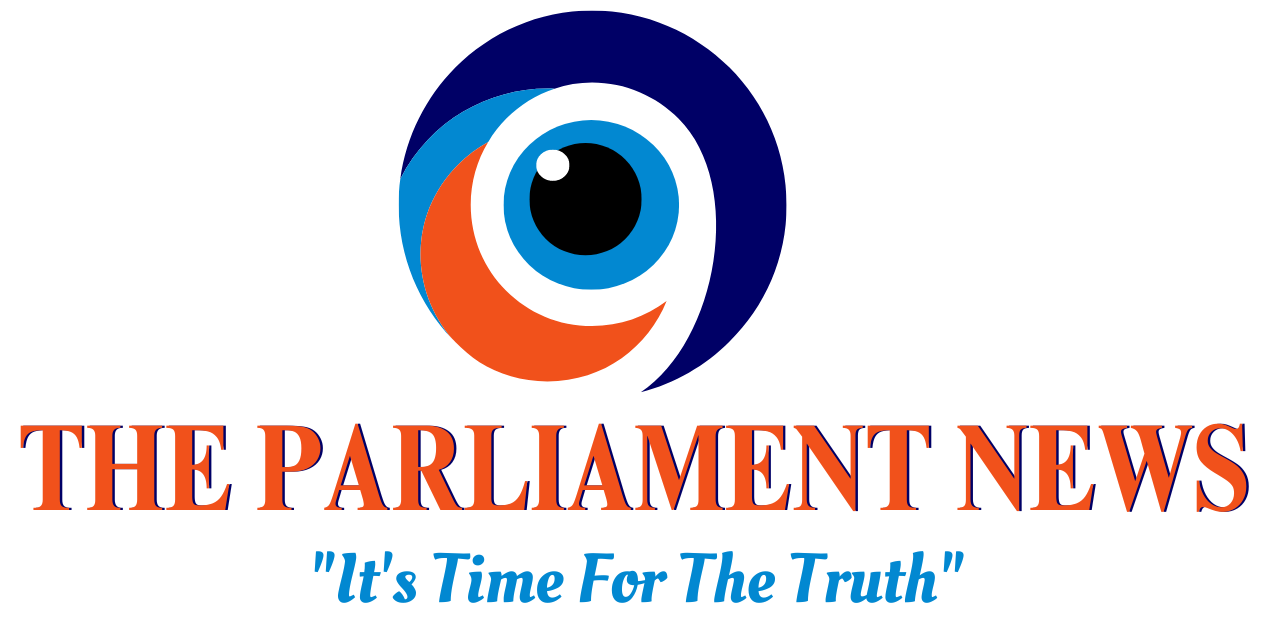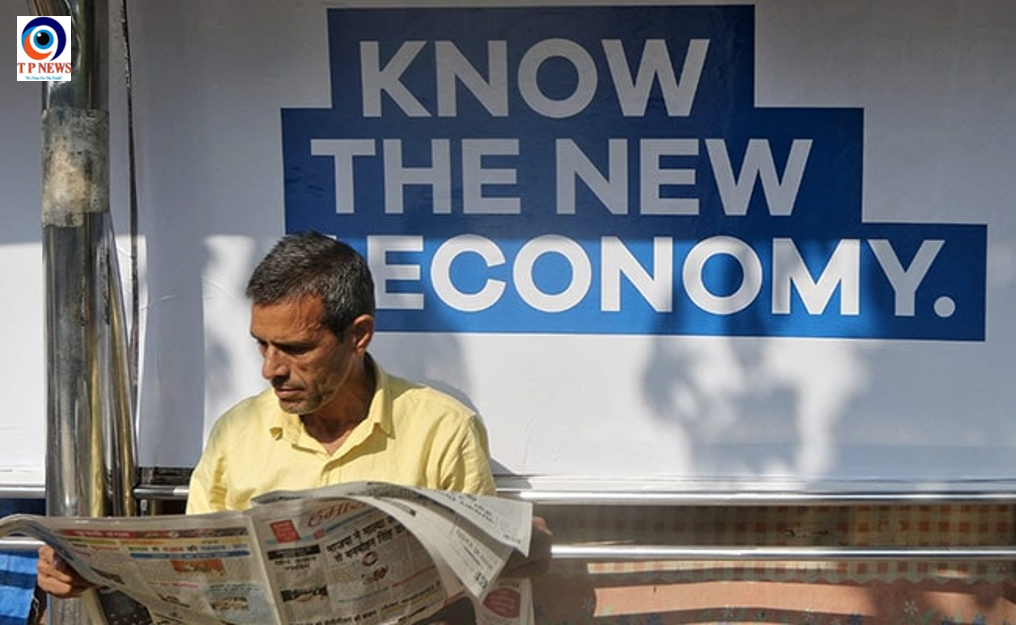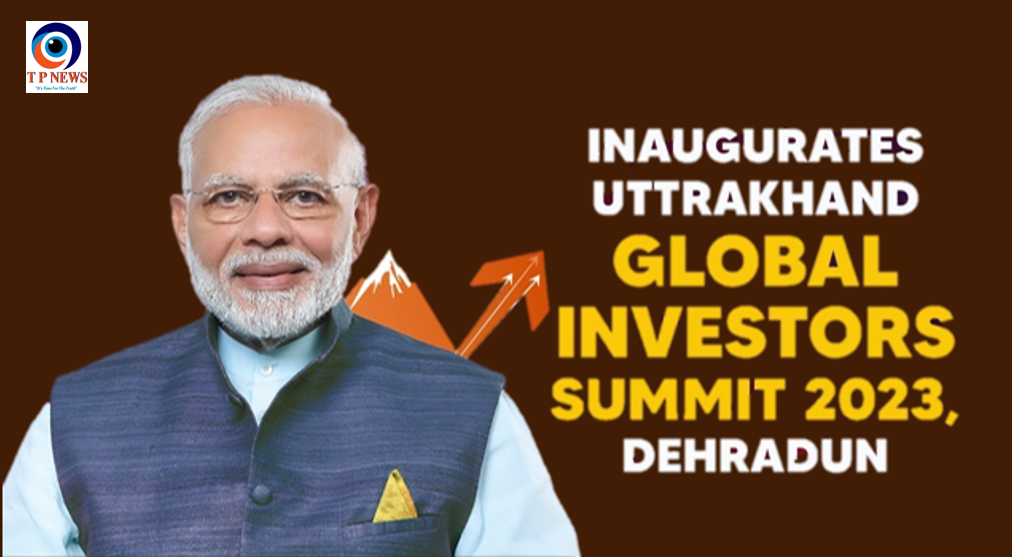India’s economic growth soared to 8.4% in the December quarter, marking a significant acceleration from the 7.6% growth recorded in the previous quarter, as revealed by government data on Thursday. This robust performance exceeded economists’ expectations, who had anticipated a 6.6% growth during the final three months of the previous year, according to a Reuters poll.
The remarkable expansion in Asia’s third-largest economy is a positive indicator of recovery and resilience, reflecting the nation’s ability to navigate through challenging economic landscapes. The data highlights the ongoing momentum in various sectors, contributing to the overall economic growth trajectory.
In addition to the GDP growth, India’s infrastructure output exhibited a 3.6% year-on-year increase in January. While slightly lower than the revised 4.9% recorded in December, this sustained growth in infrastructure output further emphasizes the ongoing economic activities and investments in key sectors.
The robust economic performance is expected to have positive implications for employment, investment, and consumer confidence. As India continues to navigate the post-pandemic recovery, the data showcases the resilience of the economy and its ability to adapt to evolving challenges.





